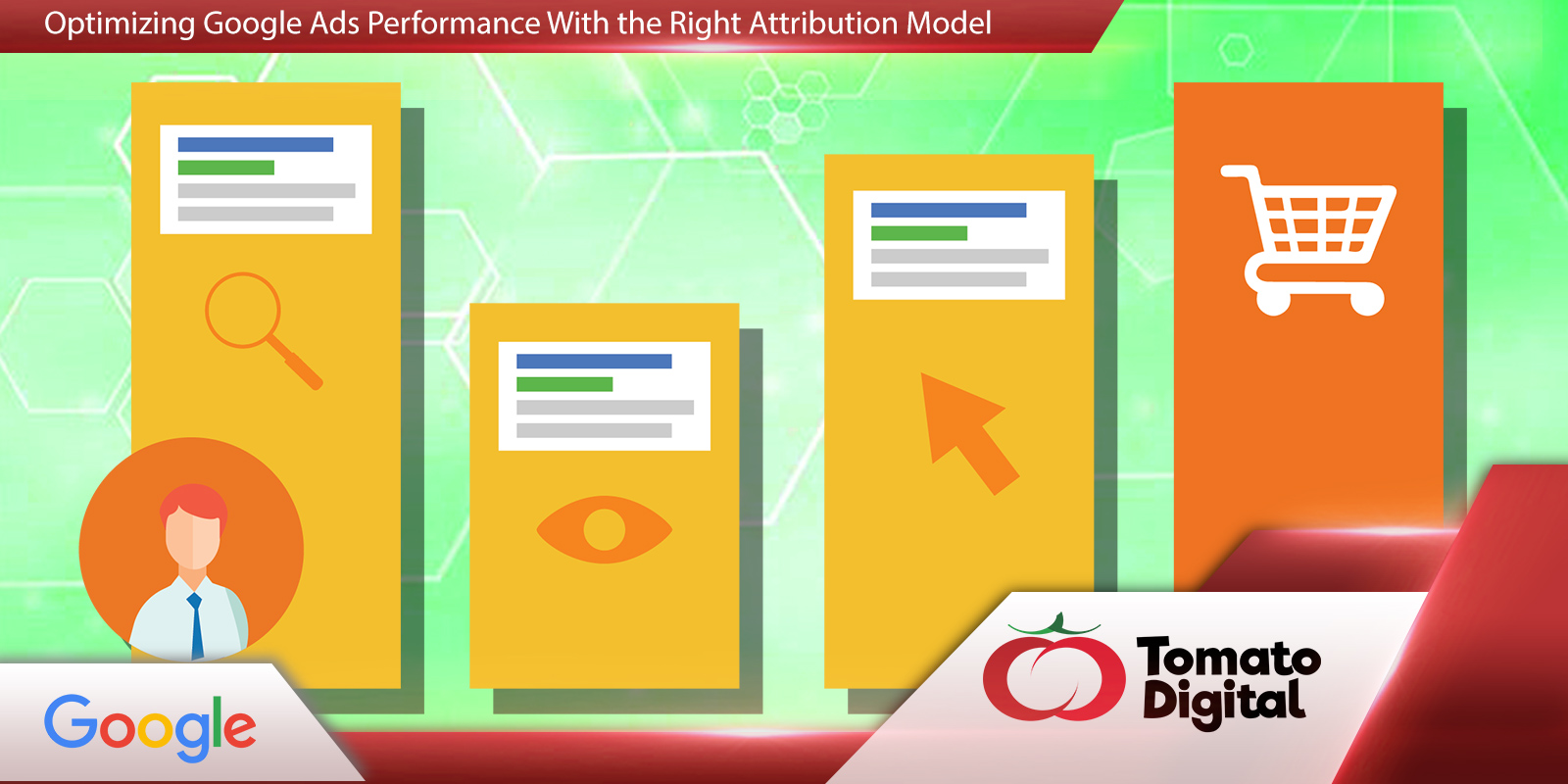A successful marketing strategy is to continue to expand and enlarge at the right point. Google Analytics (GA) and Google Ads attribution help you understand the consumer buying process and find effective conversion points so that advertising can be used in the right way, can be put in the right position, and strengthen the right model to achieve better results. Therefore, using the appropriate attribution model can help you effectively find the key conversion points.
Google Ads provide a variety of advertising attribution models in the conversion calculation method. For advertising purposes, marketers can better evaluate the effectiveness of keywords. The default attribution model of ads is the final click, and only the number of conversions promoted by clicking on the ad is calculated. Let us take a look at a real case of the customer's purchase process:
- Suppose a customer expects to buy a product on a certain holiday as a gift to relatives and friends.
- The customer will search on the internet first, see your Google ads, and then enter the website to browse.
- A week later, the customer sees your ads while watching the news, and then returns to your website.
- After two days, after collecting various reviews on the internet and deciding to buy your product, the customer will then go search for your product through Google ads, and then purchase the product.
In this case, in the last clicks-model, the first click on a Google ad is not credited, and in the process of customer decision to purchase, if only the last click is used, the credit will be attributed to the last conversion unit, just like on a basketball court. Attributing credit to the shooter will not only greatly reduce the impact of assists, but also misjudge the consumer's conversion process, and accurately attribute the effect to the right behavior so that the effect can be amplified for the right behavior.
Google provides seven attribution models in Ads and Analytics, which using different ways to determine the percentage of the credit for assists
1. Last Interaction: 100% of the conversion value is attributed to the last interaction channel before the customer completes the purchase or conversion.
When to apply: If your ads and campaigns are designed to attract people at the moment of purchase, or your business is primarily transactional with a sales cycle that does not involve a consideration phase.
2. Last Non-Direct Click: This model ignores direct traffic and attributes 100% of the conversion value to the last channel that the customer clicked through from before buying or converting.
When to apply: Besides, if you believe that direct traffic comes from the customers who were previously attracted through a different channel, you may want to filter out direct traffic and focus on the last marketing campaign before conversion.
3. Last Google Ads Click: All conversion value is attributed to the most recent Google ads that the customer clicked before buying or converting.
When to use it: For you who want to identify and credit the Google ads that closed the most conversions.
4. First Interaction: The model will attribute all conversion values to the first channel of customer interaction.
When to use it: If you run ads or campaigns to increase initial awareness, you can invest more in keywords or channels that first exposed customers to the brand.
5. Linear: gives equal credit for each channel of customer interaction before conversion.
When to apply: If your advertising campaign is to continue to reach customers throughout the entire sales cycle and maintain brand awareness, each touchpoint is equally important during the customer's shopping consideration process.
6. Time Decay: This model is based on the concept of exponential decay, and most heavily credits the touchpoint that occurred closest to the time of conversion.
When to apply: If you run a promotional campaign for only one or two days, you may wish to give more credit to the interaction during the promotional period. Therefore, the value of the interaction that occurred a week before is not high compared to the touchpoints near the conversion.
7. Position Based: allows you to create a hybrid of the Last Interaction and First Interaction models. The credit is split 40% each to the first interaction and the last interaction, and the middle interaction is 20%.
When to apply: If you most value touchpoints on getting customers to recognize your brand and the final touchpoints that resulted in sales, it is suitable.
After changing the attribution, the credit will be redistributed. You can observe the before and after differences through the Google Ads built-in tool:
1. Attribution Model Tool: Google Ads> Tools and Settings> Attribution Model
2. Conversion time-consuming report: It can display how long it takes for a customer to complete the conversion from the point of advertising Google Ads> Tools and Settings> Path> Conversion Time
On the Internet, a customer’s inquiry or purchase often goes through many paths. If we only focus on the last converted click and there is no way to effectively optimize the conversion rate, let us re-examine it. Which attribution model is suitable for us?







